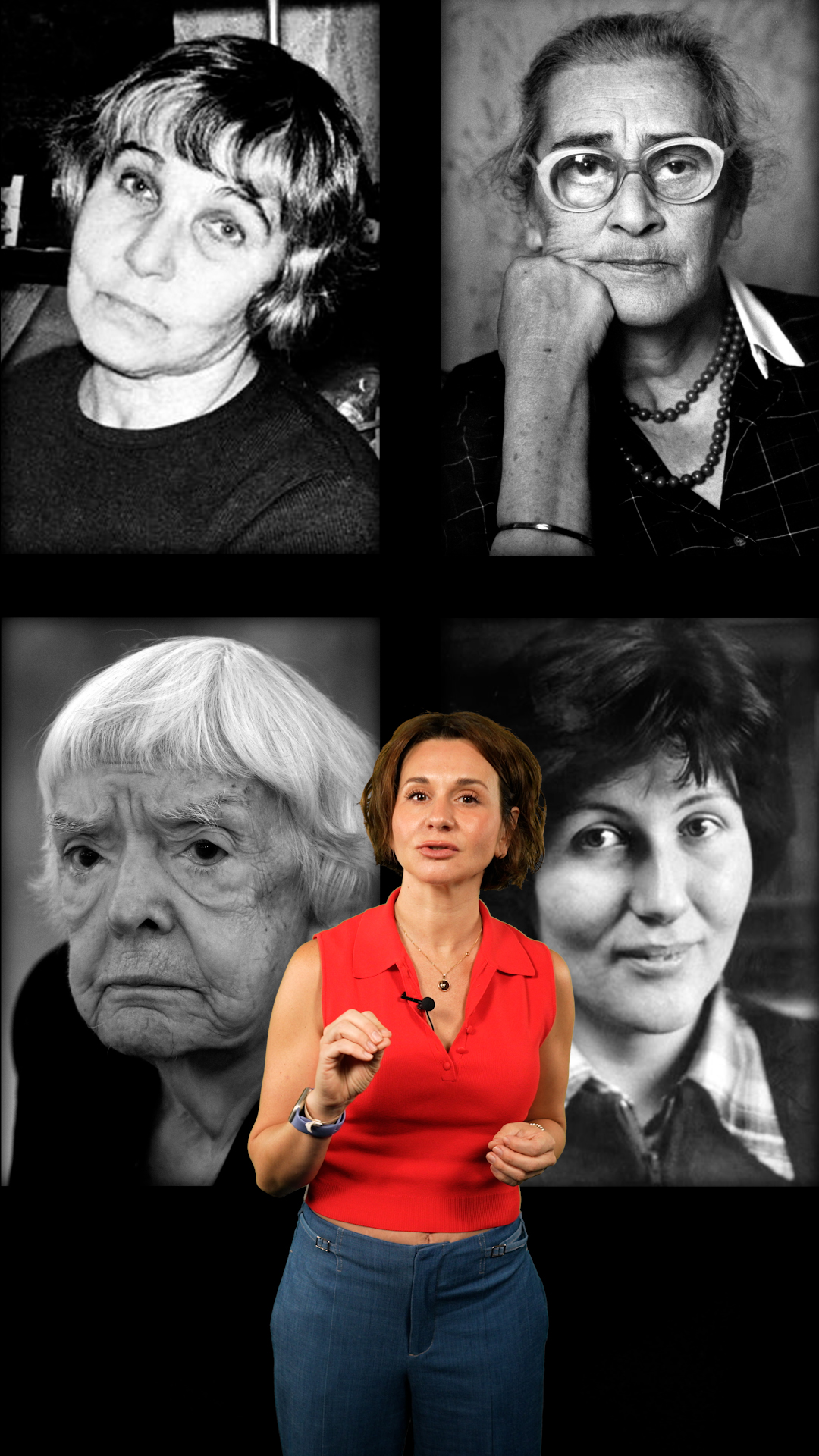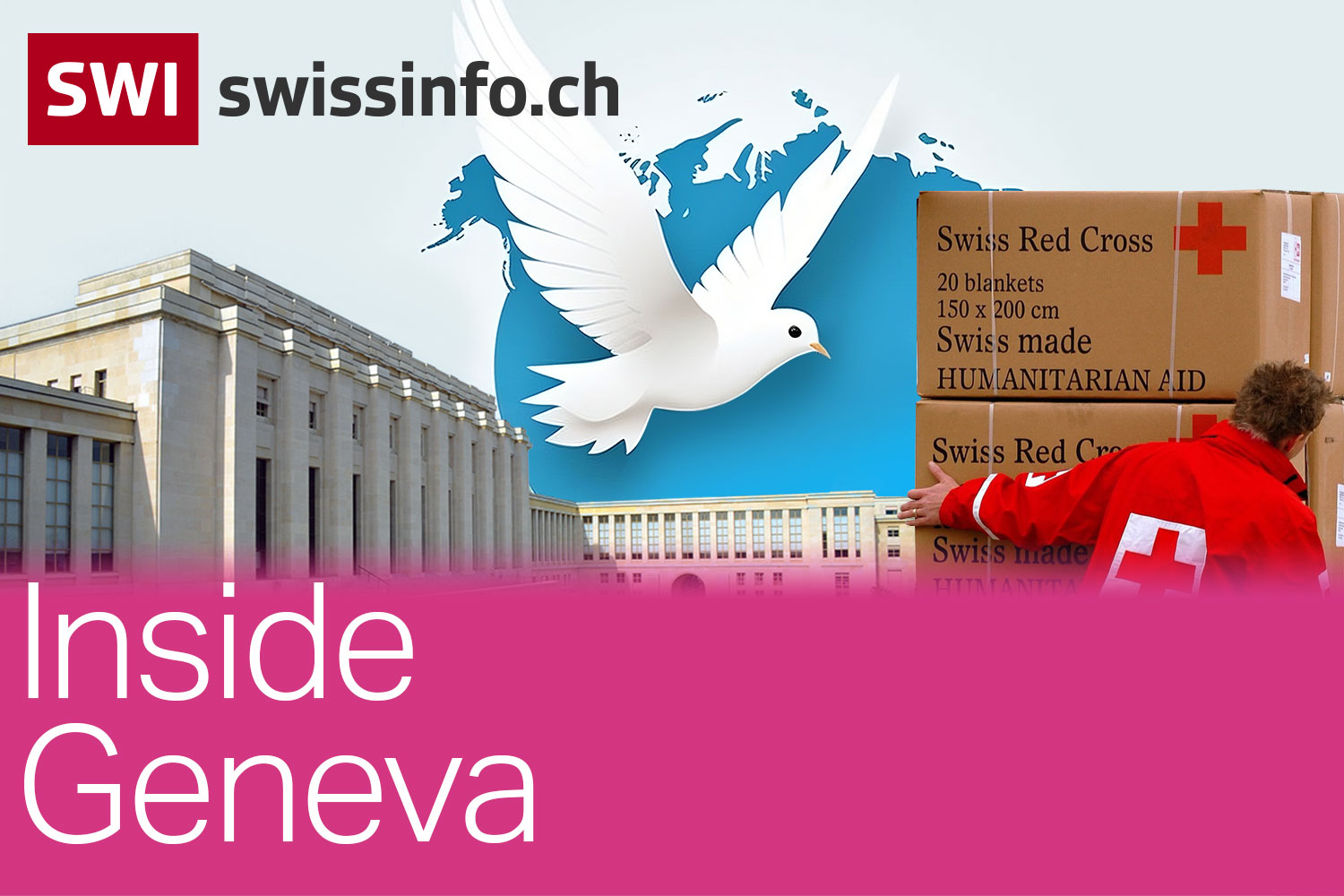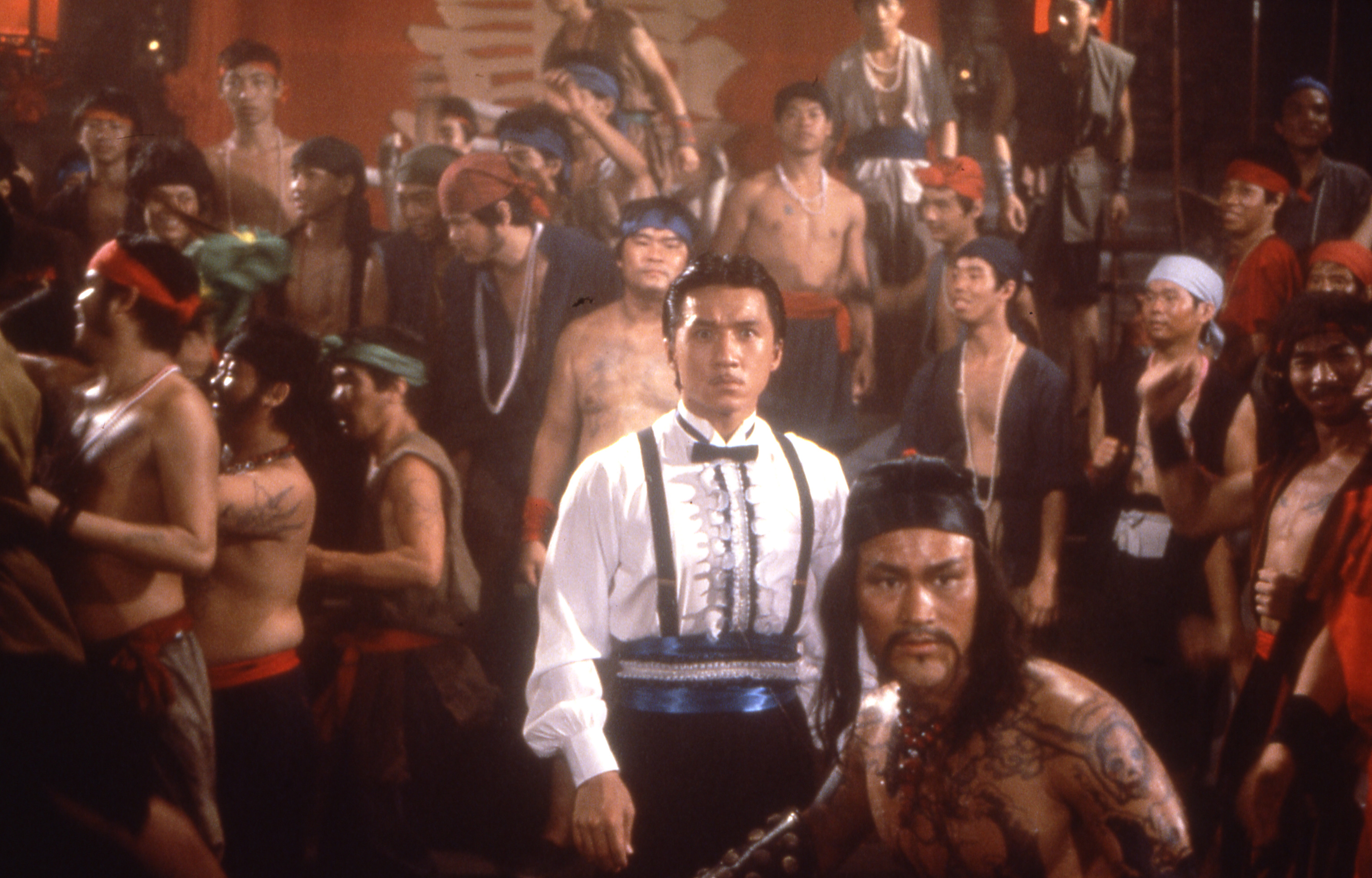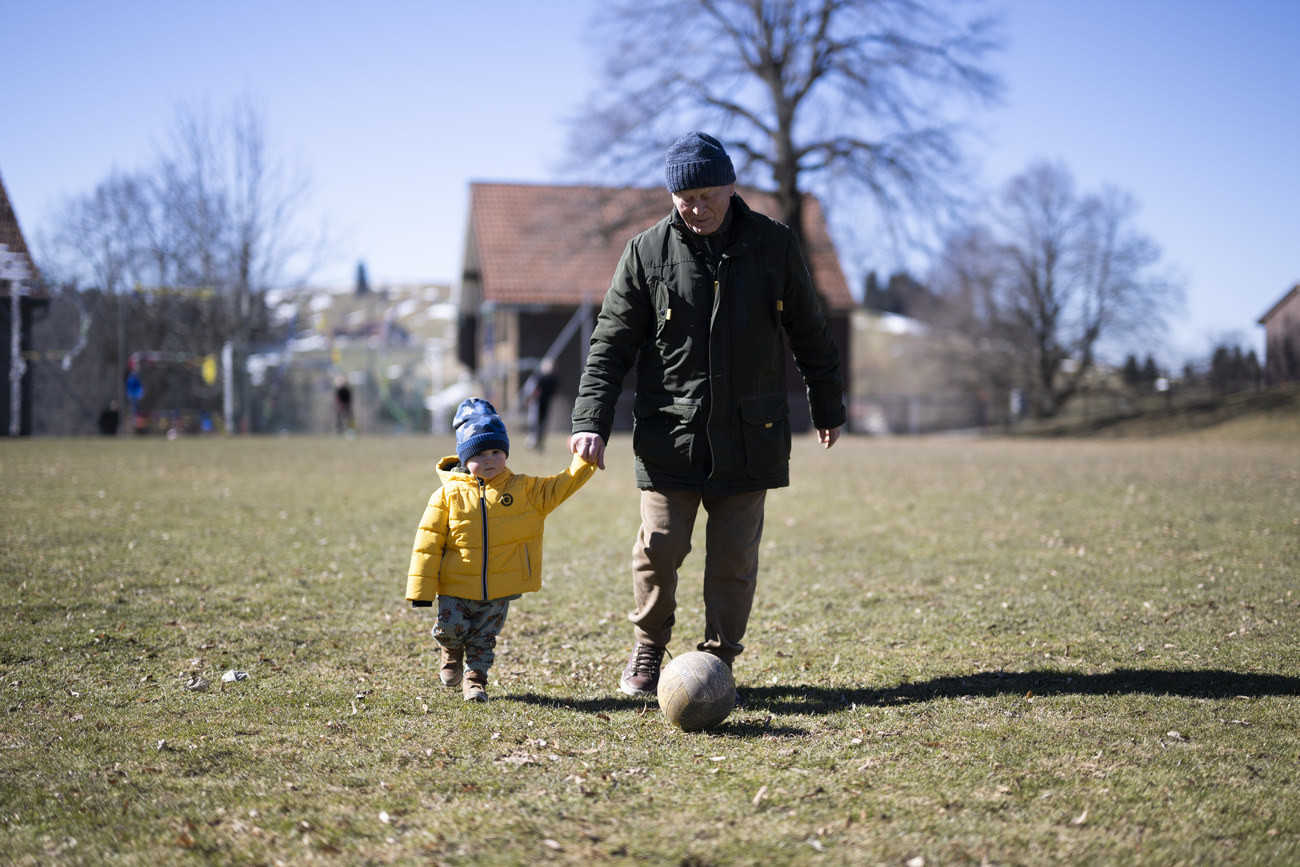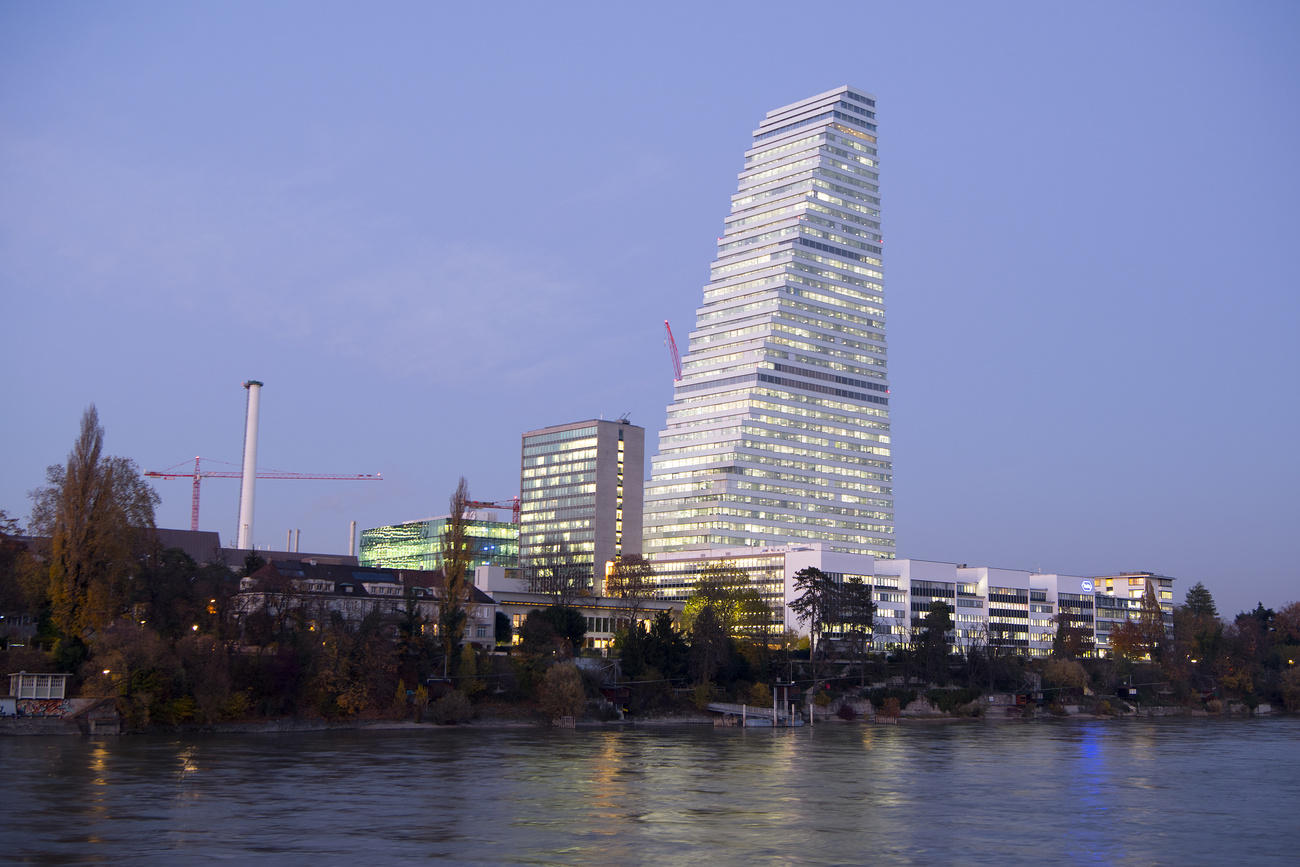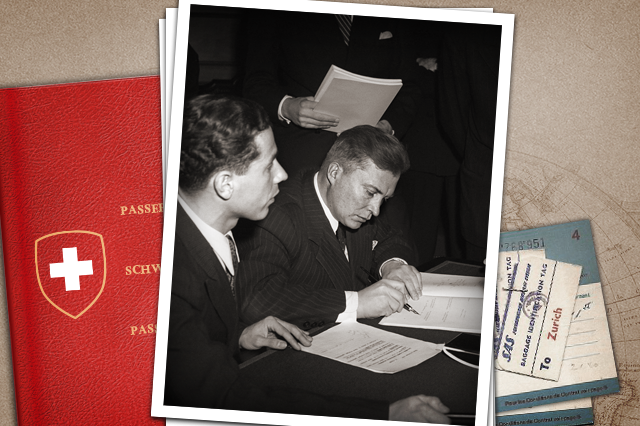
At Art Basel, Dealers Reap Rewards By Sidestepping Politics and War
(Bloomberg) — About halfway through the opening day of Art Basel’s fair in Switzerland, the dealer Larry Gagosian was sitting on a bench near his booth. Crowds—incredibly thick when the art fair opened to VIPs at 11 a.m.—had dispersed a bit as grandees shuffled into the convention center courtyard for lunch, queuing up for sausages, oysters and ice cream cones.
Gagosian, though, seemed content to stay inside, overseeing a presentation that included an early Cy Twombly painting priced at over $30 million. “We’ve sold quite a few things, considering the state of the world,” he said. “I’m encouraged that initially we’ve been doing quite a bit of business. We live in a crazy time, and I think that a lot of people want to take refuge in some other universe.” (Art Basel’s VIP days end June 18; public days are June 19–22.)
It’s true that Basel’s week of dinners and cocktail parties and talks and openings have felt a world apart from the current geopolitical realities plaguing most of the globe. That was the case at Unlimited, an exhibition sector adjacent to Art Basel’s main fair where many of the massive artworks on display were pleasantly inoffensive; and it was particularly true in the main fair, where gorgeous abstract paintings sat easily alongside landscapes and portraits.
Expensive or cheap, new or historical, it didn’t matter: Nearly every artwork on offer at the fair was lovely and apolitical.
Playing It Safe
“I think people brought fairly safe material,” said the American advisor Suzanne Modica, who was walking down the aisles of Art Basel to meet a client. “Obviously, people are bringing things to sell.”
That’s in large part because the art market slump has lasted so long that it’s arguably a permanent condition. As such, dealers, seemingly desperate to turn a profit, appeared just as reticent to go out on a limb as their collectors.
“There’s a severe correction currently in the market, meaning that everybody just wants to keep it running,” said Loa Haagen Pictet, the chief curator of Collection Pictet, who observed a preponderance of feel-good paintings and sculptures. “There’s a lot of colorful and exuberant art, a lot that’s sort of surrealist but joyful,” she continued. “It’s out there, trying not to bring us down.”
As a result, the few artworks that took an overtly political stand stood out starkly.
At the Liste fair, which traditionally has cheaper work from smaller, younger galleries, the Dutch artist Jonas Staal had filled Laveronica gallery’s booth with pictures of burning yachts. Price: €10,000 ($11,480) for smaller work; €19,000 for a larger light box depicting a fake still of CNN whose chyron read “Jeff Bezos’ Super Yacht Set On Fire.”
“It’s a political statement,” said the gallery’s owner Corrado Gugliotta. “But on the other hand, I have understood after the many years that I’ve done things like this, the market is able to absorb everything.”
And in the main fair, Sprüth Magers had a large piece by American artist Barbara Kruger titled Untitled (WAR TIME, WAR CRIME), which included the phrase, among others “CLASS WAR, BIDDING WAR, TRADE WAR, COLD WAR” and sold on the first day for $650,000.
“We didn’t go the route of other galleries and bring safer works only,” said senior director Andreas Gegner. “It’s always tempting to do that, but I think it’s more important to stick to your identity and bring works that are maybe, on the face of it, more difficult.”
A Very Good Start
Before the first day was over, it seemed that for many galleries, a less combative strategy had paid off.
David Zwirner sent out a release that it had sold 68 works (“so far”), including a hanging mesh sculpture by Ruth Asawa for $9.5 million. Hauser & Wirth reported selling 33 pieces, including a mixed media work by Mark Bradford for $3.5 million. Thaddaeus Ropac gallery reported more than 20 sales, including a $1.8 million painting of two upside-down figures by Georg Baselitz.
“We’ve had a very good start,” says Hauser & Wirth’s partner and president Marc Payot. “It’s fantastic to see such a resilient market in what’s all and all difficult times.”
But if you looked closely enough, reality had seeped ever so quietly into the fair after all.
“There are certainly clients of our clients who’ve not been able to travel in the last 48 hours from Lebanon and Israel, who’d been intending to come,” said Art Basel CEO Noah Horowitz, speaking in a conference room above the fair. “So that’s material. But on the other hand, we’ve seen, yet again, the global art world coming around an event like Art Basel and celebrating art, and celebrating the privilege of being in this community.”
©2025 Bloomberg L.P.

